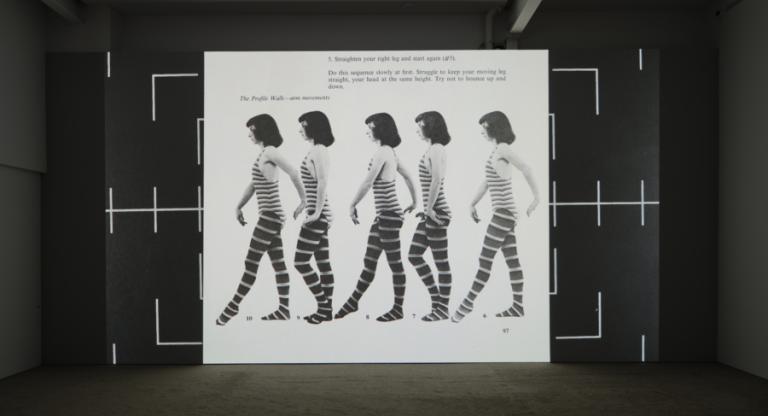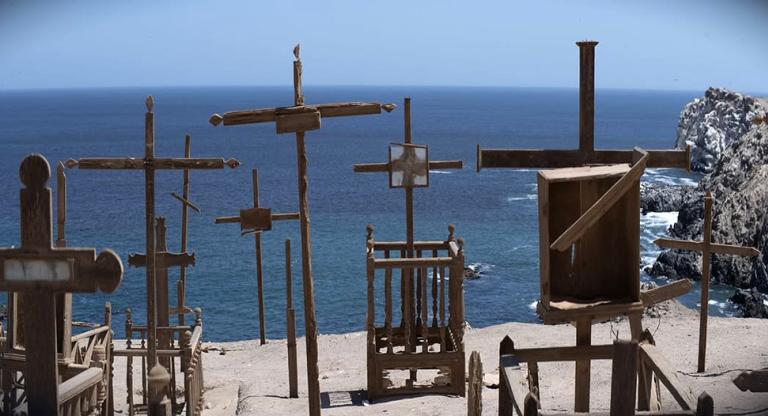Legend of the Mountain, King Hu’s 1979 masterpiece, daubs an uncanny tale across a large and complex canvas. It begins rather simply, with a Buddhist scholar called Ho (Shih Chun) tasked with travelling to a hilltop monastery to translate a powerful sutra. However, as he dawdles and finds himself wooed and ensnared by the mysterious Melody (Hsu Feng), he becomes caught in the middle of warring supernatural forces with their sights set on his sutra.
Like Hu’s earlier epic A Touch of Zen (1971) and his final film, Painted Skin (1993), Legend of the Mountain draws from the classical Chinese writer Pu Songling and his Strange Stories from a Chinese Studio. Hu gleans from these tales — which are invariably short, even aphoristic — their weirdness, moral compass and an often wry sense of humor and incorporates it all into a cinematic epic with socio-spiritual intrigue the combat-acrobatics of his wuxia pictures.
Amid this heady mélange, the uncanny is evoked through both mystic wonder and mist-and-shadow. Through Hu’s masterful sense of color and space, the spooks can border on the abstract, too. For instance, Ho’s original ascent, with its bucolic surroundings, gives way to a bizarre mix of nuclear yellows and blue, a palette that is both awe inspiring and sickly, and not unlike some of the near-contemporary color experiments of filmmakers like Nagisa Oshima or Shuji Terayama.
Out of its many tools of supernatural flash and illusion — weightlessness, hypnosis, colorfully explosive trick effects — the most potent pair are percussion and Hu’s great gifts as a formalist. They receive a grand showcase in a midpoint battle between the Lama (Ng Ming tsui), who has snuck into Melody’s house to retrieve the sutra, and Melody, who despite being in another location detects him and engages him in a remote battle of wills and magical drum playing. In collusion with Wu Ta-chiang’s clangorous score, Hu structures this sequence as a series of attacks and decays, sustains and releases, delineating or disrupting the sense of space and ramping up or slowing down his zooms and cutting in accordance with developments in the duel, as the two match, overpower, or confound one another.
Legend of the Mountain comes at an interesting turn in Hu’s career, which took the winding and treacherous path of independent artistry in the fray of commercial cinema. Starting as a full-time director at the Shaw Brothers Studio in the mid-60s, Hu became frustrated with the authoritarian demands of the studio system, enough to eventually leave the studio and alight Hong Kong altogether. He would subsequently establish himself in Taiwan and, throughout the late 60s and 70s, work there and back in Hong Kong, mostly under his own auspices with his own production companies. Legend of the Mountain arrived at the peak of not only this period of creative control but his powers in general, as the youxia-filmmaker travelled to South Korea, where he also made the excellent wuxia film Raining in the Mountain (1979).
Hu makes extensive use of shooting on-location in this new milieu by prominently featuring its verdant mountainsides, teeming with flora and fauna, not just for their beauty or analogies to plot and character. Rather, it is Hu’s expression of life and nature as a constant force, an embodiment of existence flowing beyond humanity and the spirit world’s petty squabbles and deceptions.


